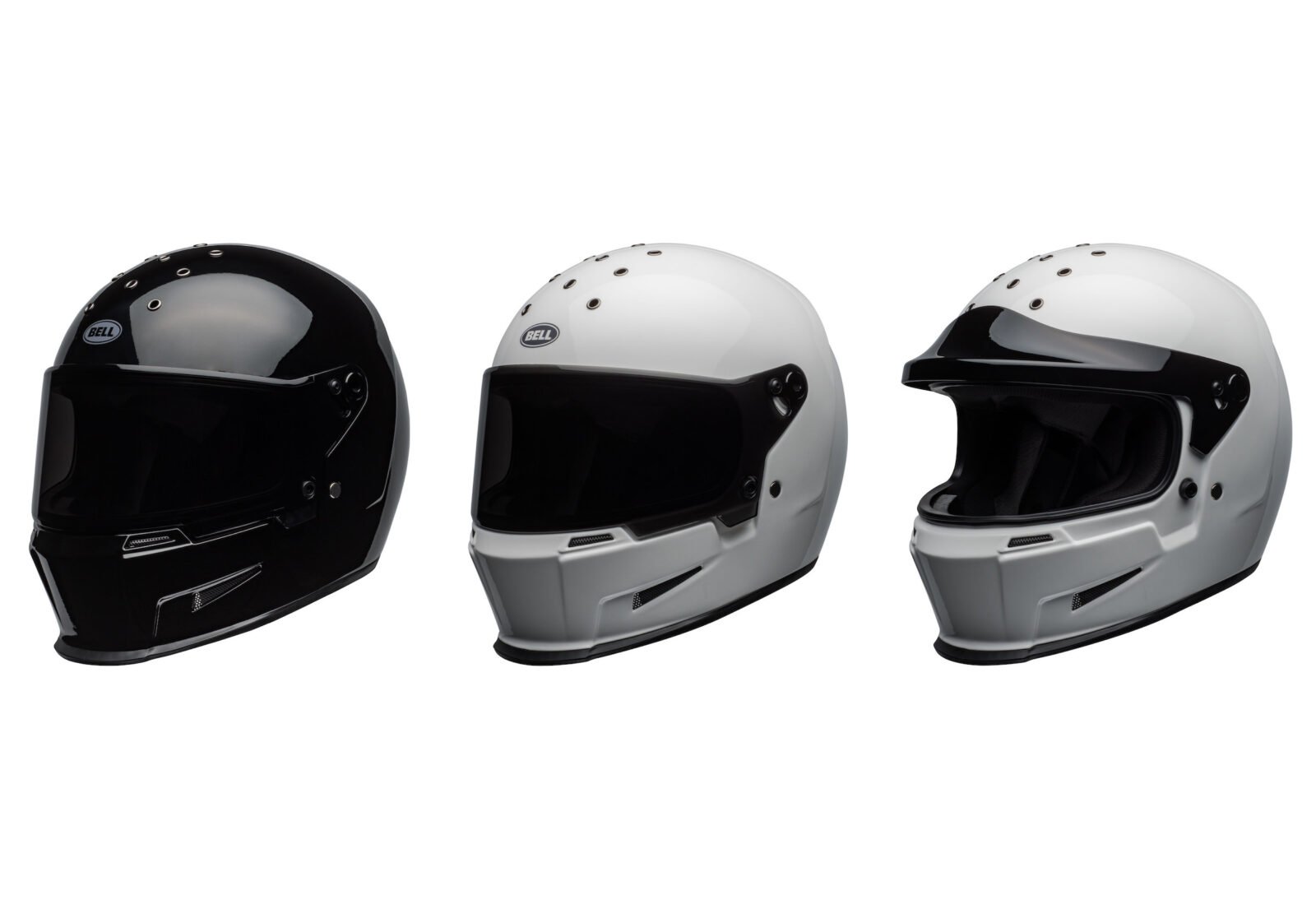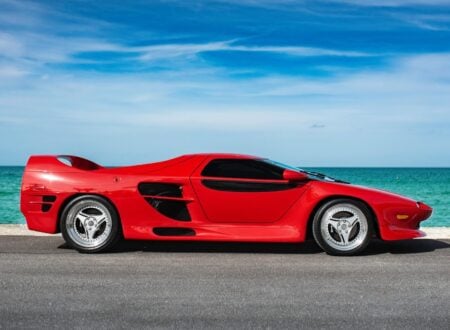The Bell Eliminator Helmet is a new design from the American company designed to fit into their expanding line of classic helmets, alongside models like the Moto-3 and the Bullitt.
It’s clear from the outset that the Eliminator takes its design cues from vintage automobile racing designs, particularly those from the drag strips and oval tracks of the late-1970s.
The helmet has a pronounced lip running around the base at the front, this is design to perform much the same function as the lip spoiler fitted to many race cars – it helps eliminate lift at speed, a possible clue to the helmet’s model name.
Bell Eliminator Helmet – Specifications
– Shell: Fiberglass composite shell in 3 sizes – XS-MD/LG-XL/XXL-XXXL
– Impact Absorbing Liner: Expanded polystyrene in 5 sizes – XS-SM/MD-LG/LG-LG/LG-XL/XXL-XXXL
– Comfort Liner: Anti-bacterial liner with contoured cheek pads
– Shield: Removable ProVision dual pane, anti-fog face shield with Class 1 optics.
– Visor: Optional peak visor (sold separately)
– Safety Certification: DOT (USA) and ECE 22.05 (Europe)
– Colorways: Black, Matte Black, White
– Sizes: XS, SM, MD, MD-LG, LG, XL, XXL, XXXL
– MSRP: $399.95 USD
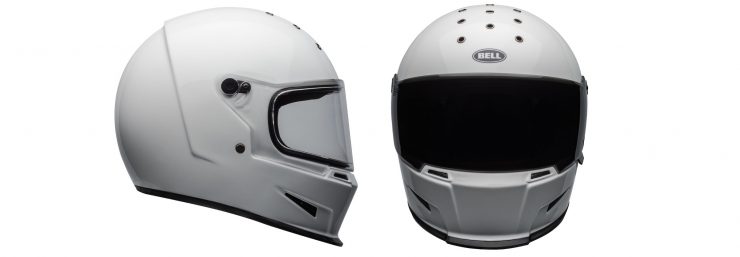
Bell Eliminator Helmet – Design
The Eliminator offers four air intakes in the chin bar with a series of nine ports running along the top of the helmet. The visor can be removed quickly allowing the wearer to use goggles or glasses, and Bell designed the helmet to allow easy use of both regular glasses and sunglasses – an important feature for many people that is often overlooked.
Bell develop their helmets with input from wind tunnel testing and aerodynamicists, though (perhaps fortunately) this design is free of the excessive aero features common on helmets targeted more at high speed track-focussed motorcyclists.
Each Bell Eliminator comes with two visors, a clear unit (fitted) and a dark tinted (in the box), there are also built-in speaker pockets for optional communication devices. These devices are becoming more and more popular, particularly with those who commute to work or use their motorcycle for long-distance rides.
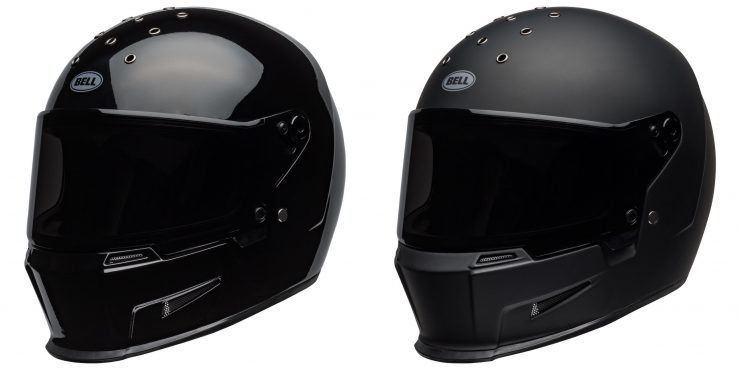
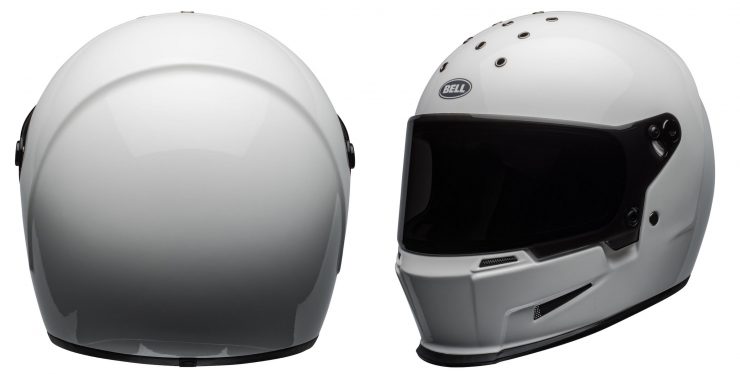

Articles that Ben has written have been covered on CNN, Popular Mechanics, Smithsonian Magazine, Road & Track Magazine, the official Pinterest blog, the official eBay Motors blog, BuzzFeed, Autoweek Magazine, Wired Magazine, Autoblog, Gear Patrol, Jalopnik, The Verge, and many more.
Silodrome was founded by Ben back in 2010, in the years since the site has grown to become a world leader in the alternative and vintage motoring sector, with well over a million monthly readers from around the world and many hundreds of thousands of followers on social media.

